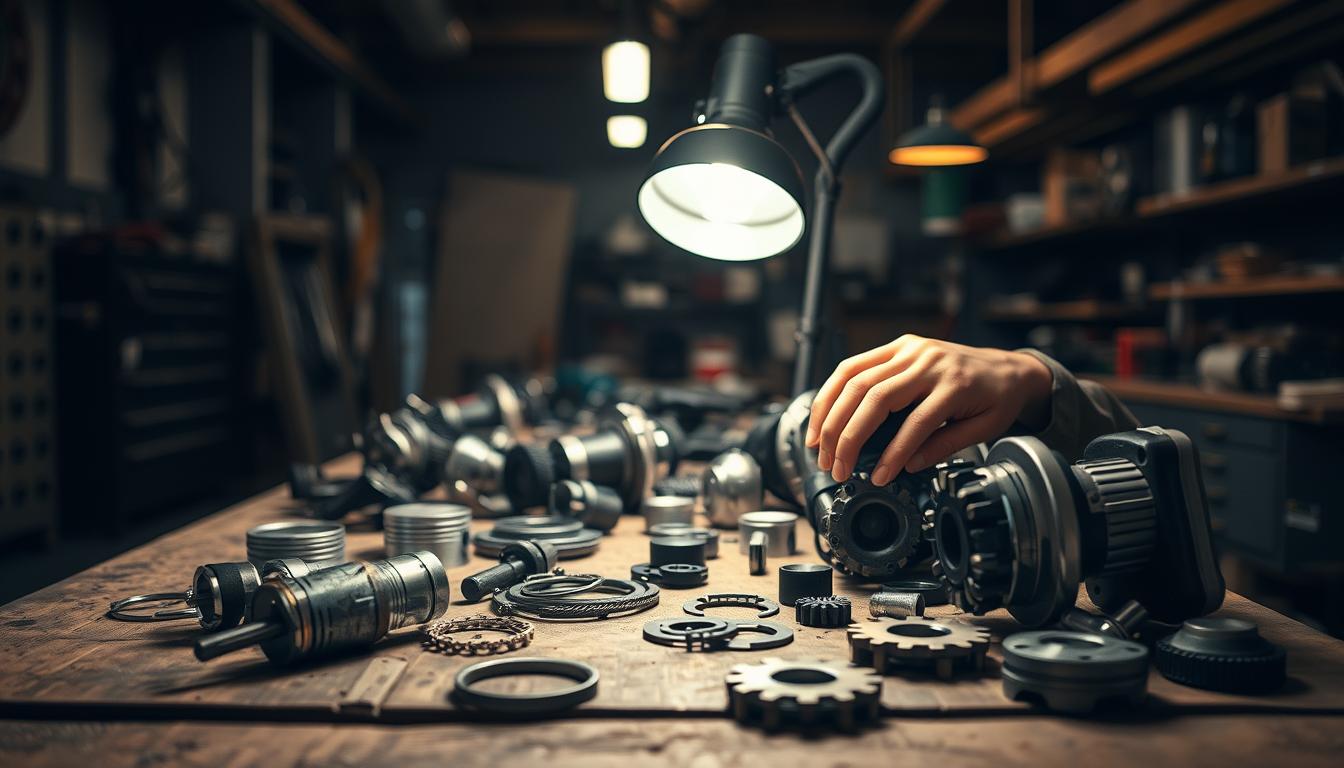Have you ever wondered how a small instrument cluster can significantly impact your riding experience? These compact yet powerful components are the unsung heroes of your bike’s dashboard, providing critical data like speed, fuel levels, and RPMs. Whether you’re a seasoned rider or just starting out, understanding the value of a high-quality cluster is essential for both safety and performance.
Modern gauge clusters combine digital and analogue technology to deliver real-time information. Features like LED or LCD displays enhance readability, even in challenging conditions. From monitoring your speedometer to keeping an eye on fuel levels, these clusters ensure you stay informed while on the road.
In this guide, we’ll explore the key features to look for, tips for evaluating pre-owned units, and how brands like Honda and Yamaha are innovating in this space. Whether you’re upgrading or replacing, this article will help you make an informed decision.
Key Takeaways
- Instrument clusters are vital for monitoring speed, fuel, and RPMs.
- Modern clusters often feature LED or LCD displays for better visibility.
- Combining digital and analogue technology ensures accurate data delivery.
- Brands like Honda and Yamaha are leading in cluster innovation.
- Evaluating pre-owned clusters can save money without compromising quality.
Introduction to Motorcycle Instrument Clusters
Ever noticed how a small dashboard component can transform your ride? The instrument cluster is the unsung hero of your bike’s dashboard. It delivers vital data like speed, RPM, and fuel levels, ensuring you stay informed and safe on the road.
What Are Instrument Clusters?
An instrument cluster is a compact unit that displays key riding data. It integrates sensors to measure speed, RPM, fuel levels, and temperature. Whether it’s an analogue dial or a digital display, the cluster ensures you have accurate information at a glance.
Modern clusters often combine analogue and digital technology. Features like LED or LCD screens enhance readability, even in bright sunlight or low-light conditions. This makes it easier to monitor your speedometer or tachometer while focusing on the road.
Why They Matter to Your Ride
Clusters are more than just displays; they’re essential for safety. They alert you to potential issues like low fuel or engine overheating. Advanced clusters even provide warnings for system malfunctions, helping you avoid breakdowns.
Technical aspects like controllers and graphics platforms power these clusters. Brands like Honda and Yamaha have evolved their designs to meet modern demands. Their clusters are built to withstand harsh conditions, ensuring durability and reliability.
Understanding the role of your bike’s gauge cluster prepares you for deeper insights into features and evaluations. Stay tuned as we explore more in the next sections.
Key Features and Operational Parameters
Your bike’s dashboard is more than just a display; it’s a hub of critical information. From tracking your speed to monitoring fuel levels, every feature is designed to keep you safe and informed. Let’s dive into the essential components that make your ride smoother and more efficient.

Speedometer, Tachometer, and Odometer Functions
The speedometer is your go-to gauge for tracking how fast you’re moving. It ensures you stay within safe limits, especially on busy roads. The tachometer, on the other hand, measures engine RPM, helping you optimise performance and avoid over-revving.
Meanwhile, the odometer keeps a record of the total distance travelled. This is crucial for maintenance schedules and resale value. Together, these three components form the backbone of your bike’s dashboard, providing real-time data for a safer ride.
Fuel, Temperature, and Warning Indicators
Fuel and temperature indicators are lifesavers on long rides. The fuel gauge alerts you when it’s time to refuel, while the temperature monitor prevents engine overheating. Warning lights, like the check engine alert, notify you of potential issues before they escalate.
Modern designs often feature LED backlighting for better visibility in all conditions. Brands like BMW and Honda have enhanced these features, ensuring durability and precision even in harsh environments.
| Feature | Function | Benefit |
|---|---|---|
| Speedometer | Tracks speed | Ensures safe driving |
| Tachometer | Measures RPM | Optimises performance |
| Odometer | Records distance | Aids maintenance |
| Fuel Indicator | Alerts low fuel | Prevents breakdowns |
| Temperature Gauge | Monitors engine heat | Avoids overheating |
As the motorcycle instrument clusters market continues to grow, these features are becoming more advanced, offering riders unparalleled convenience and safety.
Used Motorcycle Instrument Clusters: Evaluation and Selection
Choosing the right dashboard component can make or break your ride. Whether you’re upgrading or replacing, understanding how to evaluate and select the best option is crucial. This section will guide you through assessing quality, interpreting technical specs, and matching your bike’s needs.
Assessing Quality and Durability
When evaluating a pre-owned instrument cluster, start by checking its material integrity. Look for signs of wear, such as scratches or cracks, which could affect performance. Ensure the LED or LCD display is clear and functional, even in bright sunlight.
Durability is key. High-quality clusters from brands like Bosch and Continental are built to withstand harsh conditions. Check reviews for real-world performance insights and verify the vendor’s reputation for reliability.
Interpreting Technical Specifications
Technical specs are vital for ensuring compatibility. Look at the measurement range of the speedometer and tachometer. Accuracy is essential, so test the sensors if possible. Advanced clusters often feature integrated systems and graphics platforms for seamless data delivery.
For example, clusters with CAN or LIN communication networks can collect data from multiple sensors. This ensures you get real-time updates on fuel levels, temperature, and other critical metrics.
Matching Your Motorcycle’s Needs
Not all clusters are created equal. Ensure the one you choose matches your bike’s specific requirements. For instance, a Honda model may need a cluster with a higher RPM range, while a Yamaha might require a more compact design.
Consider your riding conditions too. If you often ride in low light, opt for a cluster with bright LED backlighting. For long-distance trips, a fuel-efficient design with accurate odometer readings is a must.
By focusing on quality, technical specs, and compatibility, you can find a cluster that enhances your ride without breaking the bank.
Comparing Leading Brands and Advanced Technologies
When it comes to upgrading your bike’s dashboard, the choices can be overwhelming. Brands like Bosch, Continental, and Visteon are leading the charge with innovative designs and cutting-edge features. These advancements not only enhance functionality but also improve the overall riding experience.

Innovative Designs from Bosch, Continental, and Visteon
Bosch is known for its ultra-slim casings and integrated graphics platforms. Their clusters combine real-time processing with high-resolution displays, ensuring accurate data delivery. Continental focuses on durability, with clusters designed to withstand harsh conditions. Their plug-and-play systems make installation seamless.
Visteon stands out with its universal interface designs. Their clusters offer enhanced readability, even in bright sunlight. Features like LED backlighting and customisable displays cater to modern riders’ needs. These brands are redefining what a gauge cluster can do, making them a top choice for upgrades.
Analogue vs Digital: LCD and LED Advantages
Analogue displays have been a staple for decades, offering simplicity and reliability. However, digital solutions like LCD and LED are gaining popularity. Digital clusters provide clearer visuals and can display a wider range of information, from speedometer readings to navigation prompts.
One major advantage of digital clusters is their adaptability. Riders can personalise the display, adjusting font size and colour to suit their preferences. Brands like Honda and Yamaha have embraced this technology, offering clusters that blend aesthetics with functionality.
| Feature | Analogue | Digital |
|---|---|---|
| Readability | Good in sunlight | Excellent in all conditions |
| Customisation | Limited | Highly customisable |
| Information Display | Basic metrics | Comprehensive data |
| Durability | High | Moderate to high |
As the evolving motorcycle instrument cluster market continues to grow, these technologies are becoming more accessible. Whether you prefer the classic appeal of analogue or the modern convenience of digital, there’s a solution to match your needs.
Conclusion
Selecting the right dashboard component ensures a safer and smoother ride. Evaluating pre-owned units based on performance, durability, and technological features is essential. Key elements like the speedometer, tachometer, and warning indicators keep you informed and safe on the road.
Brands like Honda and Yamaha continue to innovate, offering advanced digital displays and durable designs. Whether you prefer analogue or digital, understanding your bike’s needs helps you make the best choice.
Use the evaluation criteria discussed to find a reliable gauge cluster. Explore quality options available in Australia to enhance your riding experience. A well-informed decision ensures both safety and performance on every journey.




